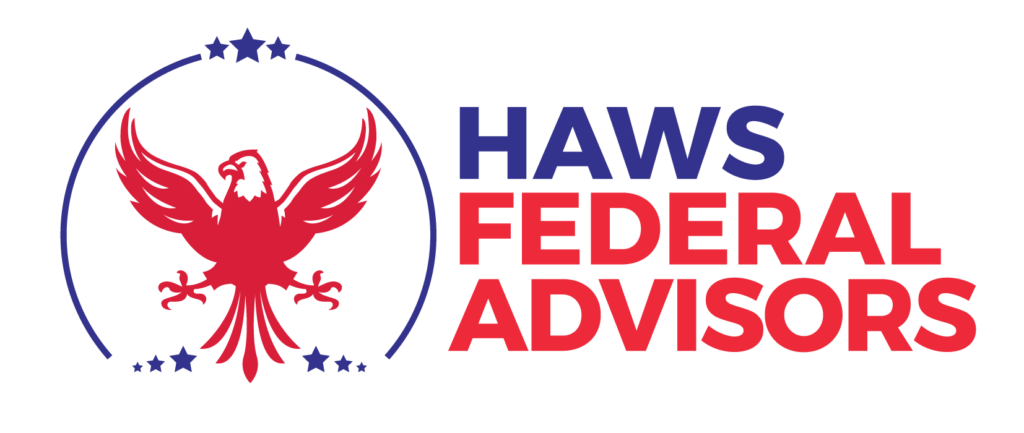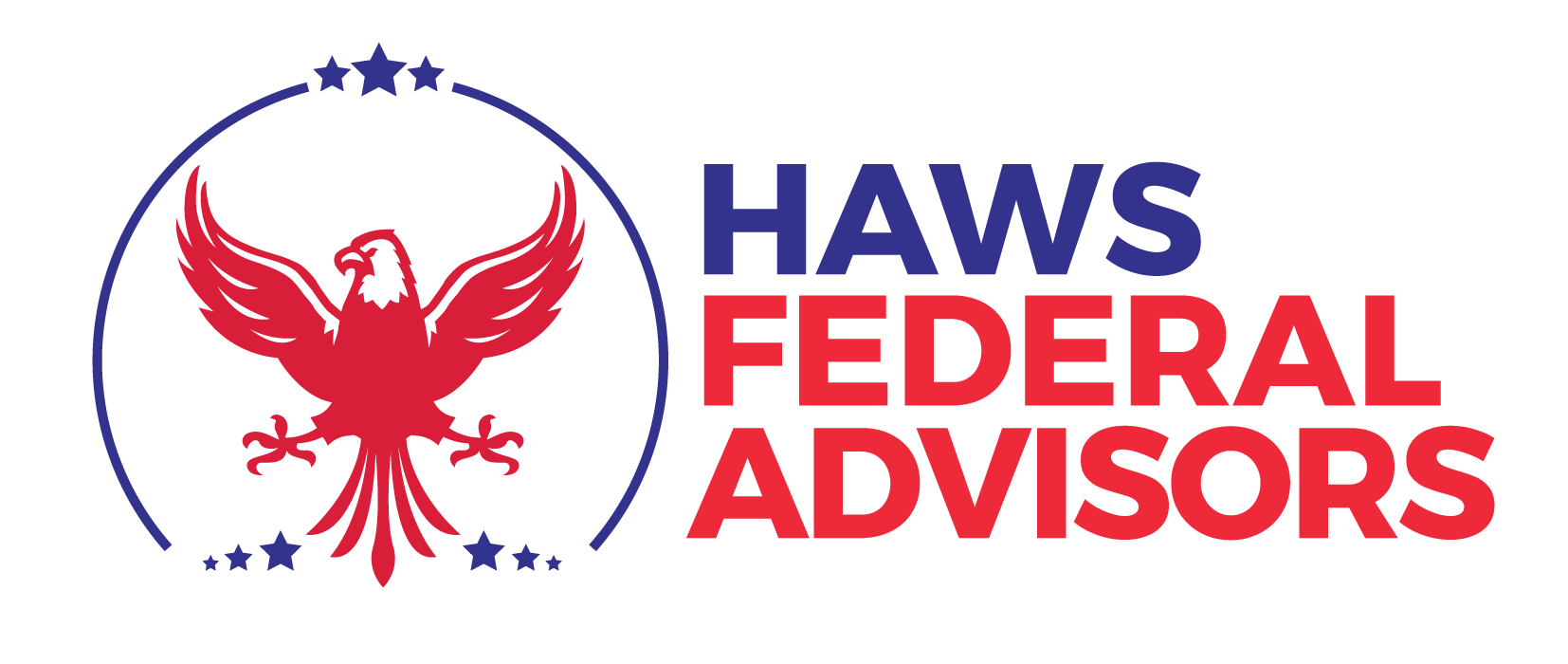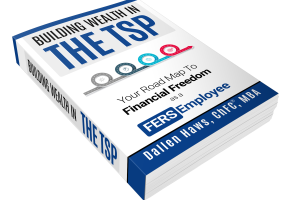As a federal employee, you’ve worked hard to build your wealth — through diligent saving, long hours, and taking advantage of solid benefits like the Thrift Savings Plan (TSP), federal pensions, and high-quality health insurance. But here’s the truth: building wealth is only half the battle. The real challenge comes in protecting that wealth — so it lasts as long as you need it, supports you and your family, and gives you peace of mind.
In this article, we’ll explore the key strategies to help federal employees not only grow their financial assets but also shield them from unexpected life events, poor planning, and avoidable risks.
1. Have a Clear Investment Strategy
Many federal employees think of wealth in terms of their TSP, IRAs, or other retirement accounts. The first and most critical step in protecting that wealth is understanding how it’s invested.
A common misconception is that “safe” investments always protect your money. For example, many feds lean heavily on the G Fund — which is stable and government-backed. And while that’s not inherently bad, it’s only suitable for short-term goals. Over the long term, the G Fund doesn’t keep pace with inflation, meaning your purchasing power quietly erodes.
Instead, protecting your wealth means having an investment strategy that reflects your goals and timeline. Are you five years away from retirement? Or 25? The difference matters — a lot.
Tip: Diversify across the TSP funds — C, S, I, F, and yes, G — in a way that balances growth and protection. And if you’re unsure, working with a financial advisor who specializes in federal benefits can make all the difference.
2. Understand Insurance as Wealth Protection
Insurance isn’t just about peace of mind — it’s a frontline defense for your financial future. The right policies can prevent you from having to dip into your TSP or savings in the event of a crisis.
Let’s break down the types of insurance most federal employees should consider:
Health Insurance
Federal employees have access to some of the best health coverage available through the FEHB program. But are you on the right plan?
Many employees unknowingly over-insure themselves, paying higher premiums for coverage they rarely use. Others under-insure, leaving themselves vulnerable to high out-of-pocket costs.
Tip: Reevaluate your health plan during open season every year. Make sure it aligns with your medical needs and usage. Don’t pay for coverage you don’t use — but don’t skimp on essentials, either.
Life Insurance
Life insurance is crucial — especially if your family relies on your income. But here’s the kicker: you might not need it forever.
If you’ve built enough wealth to cover your family’s needs without a life insurance payout, then it might be time to scale it back. Federal employees often stick with FEGLI (Federal Employees’ Group Life Insurance), but this can get expensive with age.
Tip: Reassess your need for life insurance every few years. If your kids are grown, your mortgage is paid, and your retirement is well-funded, you may no longer need that policy.
Dental and Vision Insurance
These are helpful but typically less critical than health or life insurance. If you use dental or vision services regularly, the coverage can save you money. If you don’t, the premiums might not be worth it.
Tip: Add it up. Look at your past year’s expenses for dental and vision. Compare them to the premiums. You may find self-paying makes more sense.
Long-Term Care Insurance
This one’s tricky. Long-term care (LTC) — like nursing homes or assisted living — is one of the most expensive services people may need later in life. LTC insurance exists to help cover these costs, but the premiums have skyrocketed in recent years.
Many federal employees have seen their LTC premiums under the federal program go up dramatically. As a result, some are opting out and instead choosing to self-insure — relying on their assets to cover potential care needs.
Tip: Think carefully. If you have strong retirement savings, home equity, or family support, you may decide to self-insure. But if the risk of needing care would severely dent your finances, insurance could be worth the cost — despite rising premiums.
3. Protect Against Financial Missteps
While insurance and investments are the foundation of wealth protection, your mindset and habits also play a role:
Don’t chase “hot” investments — They often come with high risks.
Avoid emotional investing — Fear and greed can derail your long-term strategy.
Regularly review your finances — Set time at least annually to review your investment allocations, insurance coverage, and financial goals.
4. Plan for the Unexpected
Emergencies are inevitable. Whether it’s a health issue, a family crisis, or an economic downturn, the key is preparation. A solid emergency fund — typically 3 to 6 months of living expenses — can prevent you from dipping into long-term savings.
And don’t forget about estate planning. Have a will, power of attorney, and health directives in place. This not only protects your wealth, but ensures your wishes are carried out without unnecessary legal entanglements.
In Conclusion
As a federal employee, you have incredible tools at your disposal — from the TSP to FEHB to pension benefits. But the responsibility to protect what you’ve built lies with you.
To recap:
Have a smart, goal-aligned investment strategy.
Make insurance decisions based on your needs — not one-size-fits-all advice.
Don’t over-insure, but don’t leave gaps in protection either.
Regularly review and adjust as your life evolves.
Because at the end of the day, protecting your wealth means more than just holding onto dollars — it means securing your freedom, your peace of mind, and the legacy you want to leave behind.


